15 best places to visit in Brazil, from misty jungles to bustling cities
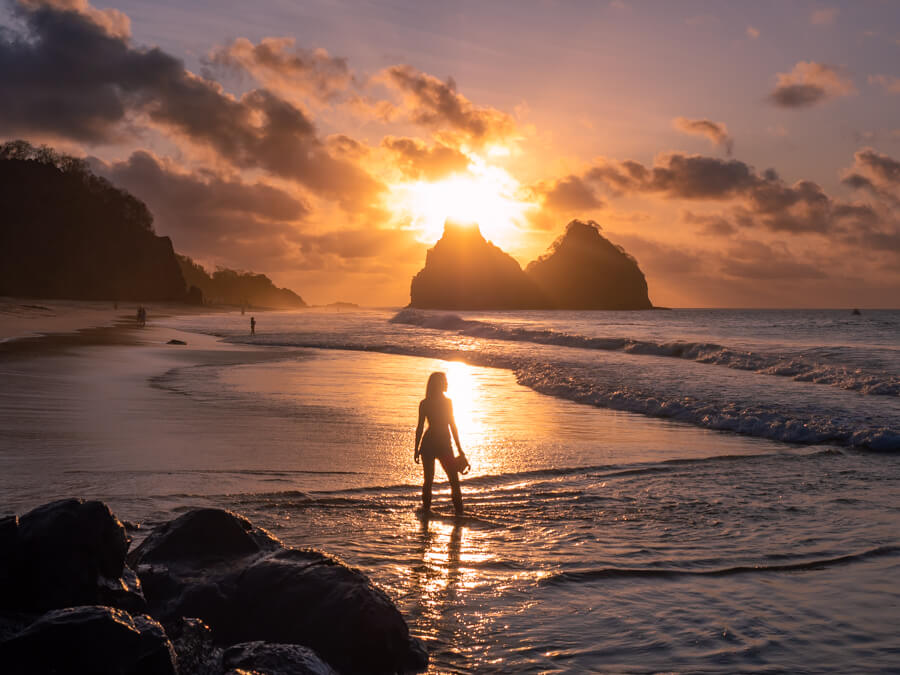
Brazil is a destination that combines endless tropical beaches, bustling cities, wildlife-filled jungles and natural wonders that will leave you in awe. Its ecological and cultural diversity and colonial history make it a fascinating place to explore.
As Brazil is an enormous country – the fifth largest in the world – deciding where to go and what to see can be a challenge. To help you with this decision and make your travel planning easier, I’ve put together a list of the 15 best places to visit in Brazil.
Since I’m married to a Brazilian, Brazil is like a second home to me. I’ve visited it numerous times and explored many different parts of this vast country, from the Amazon rainforest in the north all the way to the majestic Iguaçu Falls in the south. Below, I’m sharing my favorite places in Brazil as well as a few amazing spots that I haven’t managed to cross off my list yet.
At the end of this blog post, you’ll also find a map which gives you an overview of where each of these places is located in the country.
Disclosure: This article contains affiliate links from which I may make a commission at no additional cost to you if you make a purchase.
Best places to visit in Brazil
1) Iguaçu Falls
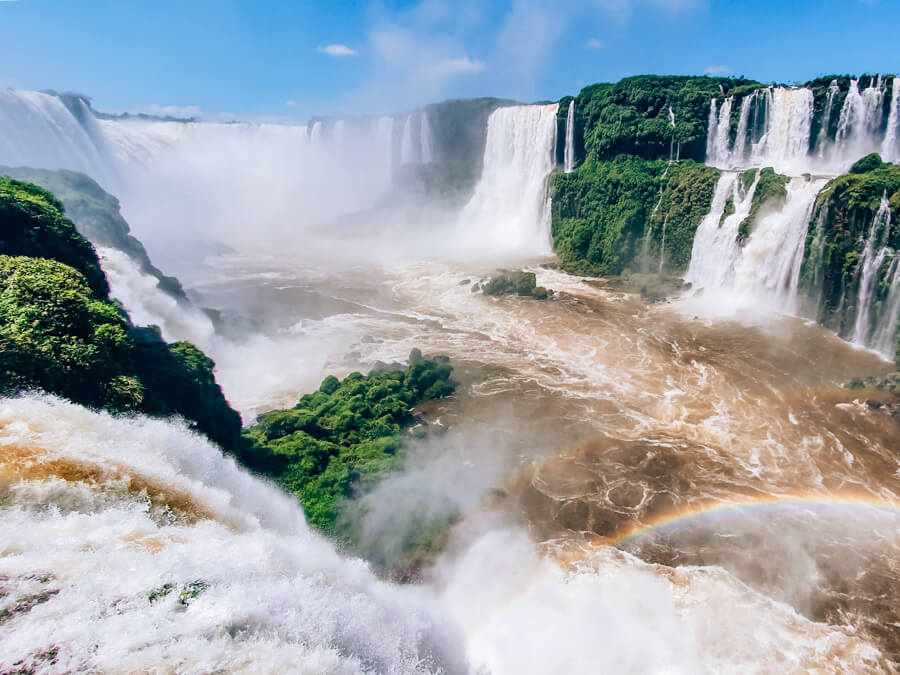
Located in the south of Brazil, on the border with Argentina, the breathtaking Iguaçu Falls (also called Iguazu Falls) is a real masterpiece of nature. With its 270 individual waterfalls and the tropical flora and fauna around it, this place looks like something from the Avatar movie. It’s by far the most impressive waterfall I’ve ever seen, and I’ve seen a lot of them during my travels.
At Iguaçu National Park, a walkway zigzags through a lush rainforest and offers panoramic views of the falls, including Devil’s Throat – the most powerful part of the falls. Thrill-seekers can also take a boat tour to the base of the waterfalls. For the best experience, visit both the Brazilian and Argentinian sides of the falls to see this natural wonder from different angles.
Be sure to read my detailed guide to visiting Iguazu Falls for all the information you need to plan your trip to this must-visit place in Brazil, including how to get there, the best time to visit and the best places to stay.
2) Rio de Janeiro
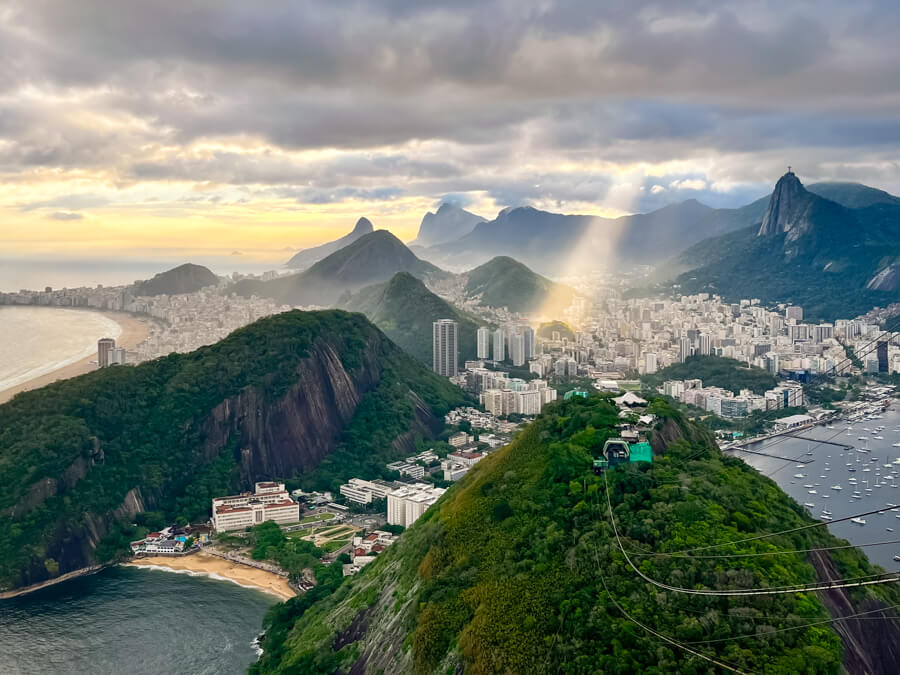
The iconic city of Rio de Janeiro is the most popular tourist destination in Brazil and the country’s second-largest city. In my opinion, Rio has one of the most beautiful natural settings of any city in the world. With its sandy beaches, turquoise sea, patches of verdant rainforest and tall granite mountains, it’s an incredibly scenic city and definitely one of the highlights of Brazil.
In addition to the wonderful scenery, Rio also has lots of good restaurants, a buzzing nightlife scene, museums, galleries and the world-famous Carnival that takes place every February or March (depending on the year).
When you’re in Rio, take a cable car to the Sugarloaf Mountain to enjoy a jaw-dropping panorama of the city, visit the famous Christ the Redeemer statue and take in the bustling vibe of the legendary Copacabana and Ipanema beaches. For more tips on what not to miss in the city, read my blog post on the top things to do in Rio de Janeiro.
3) The Amazon
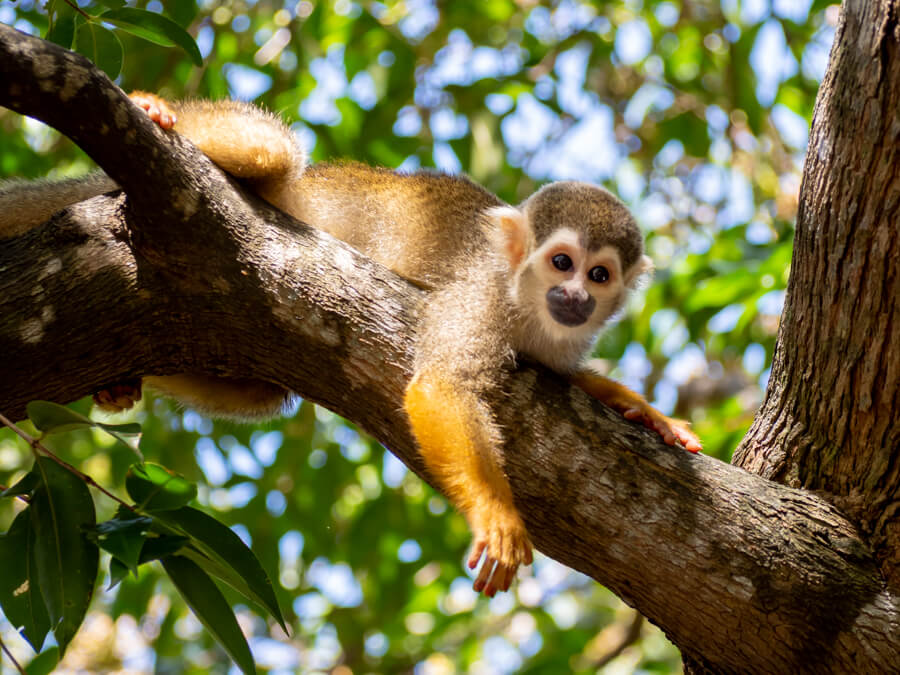
There’s no doubt that the Amazon Rainforest is one of the most famous places in Brazil. It’s by far the largest rainforest in the world and one of the most biodiverse areas on Earth. Wildlife enthusiasts will love visiting this place, since there’s a great chance of spotting pink river dolphins, caimans, monkeys, sloths and other exotic animals.
The main gateway to the Brazilian Amazon is the city of Manaus, from where you can take tours to explore the unspoiled rainforest or spend some days in a remote jungle lodge surrounded by nothing but lush nature. Another cool area to visit in the Amazon is Alter do Chão, which has beautiful sandy river beaches with crystal clear water.
In my ultimate guide to visiting the Amazon, you’ll find everything you need to know to plan your trip – including info on how to get there, when to visit, where to stay and what you can expect to see.
4) Fernando de Noronha
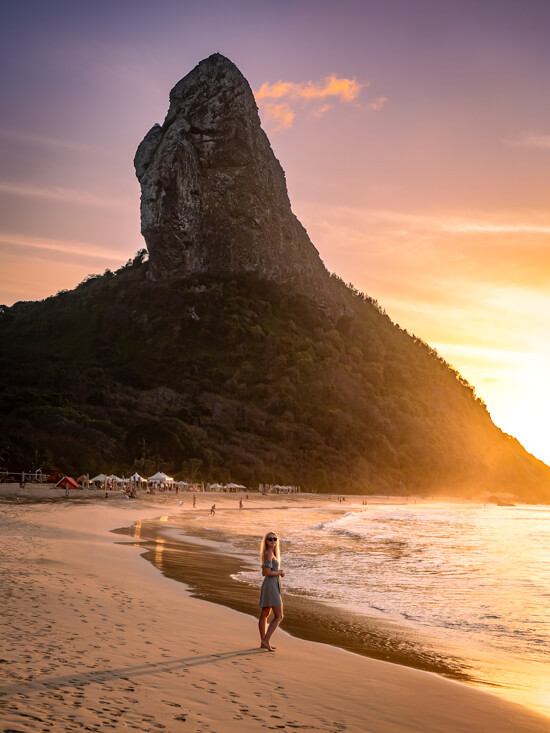
Fernando de Noronha is a remote tropical archipelago off the northeast coast of Brazil. It’s a protected nature reserve with volcanic landscapes, thriving marine life, vivid blue waters and glorious sandy beaches, one of which has been voted the best in the world. We spent our honeymoon on Fernando de Noronha and had the time of our lives!
As Fernando de Noronha is a breeding ground for turtles, sharks, rays and other marine life, it’s one of the best spots in Brazil for scuba diving and snorkeling. Other popular activities include beach-hopping, canoeing, hiking and sunset-watching.
Due to its status as a protected reserve, there are various rules and fees visitors need to be aware of. In my guide to visiting Fernando de Noronha, I cover all the info you need to plan your visit to this island paradise.
5) The Pantanal
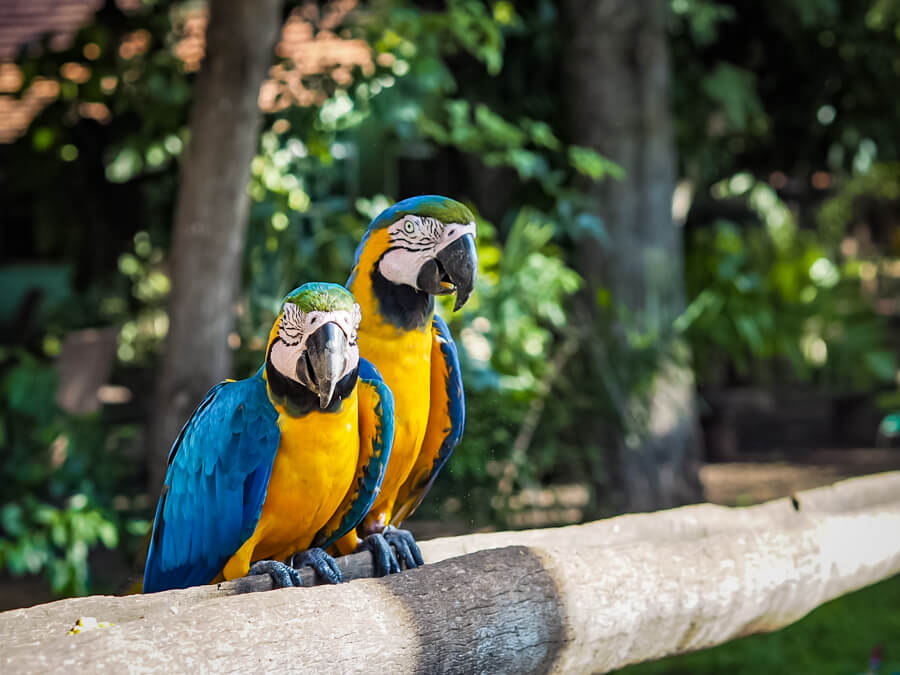
Located in western Brazil, the Pantanal is the largest tropical wetland in the world, covering an area the size of Florida. It’s considered the best place to see wildlife in Brazil, not only because of its rich biodiversity but also because of the lack of jungle, which makes it easier to spot animals.
The Pantanal has the highest density of jaguars in the world, and if you’re lucky, you might even see how these big cats hunt caimans. Other animals commonly seen in the Pantanal are capybaras, macaws, giant otters and toucans.
A typical Pantanal trip involves staying at an eco-lodge and going on wildlife safaris, boat tours, hikes and horseback rides. To get to the area, you have to fly to Cuiaba or Campo Grande.
6) Bonito
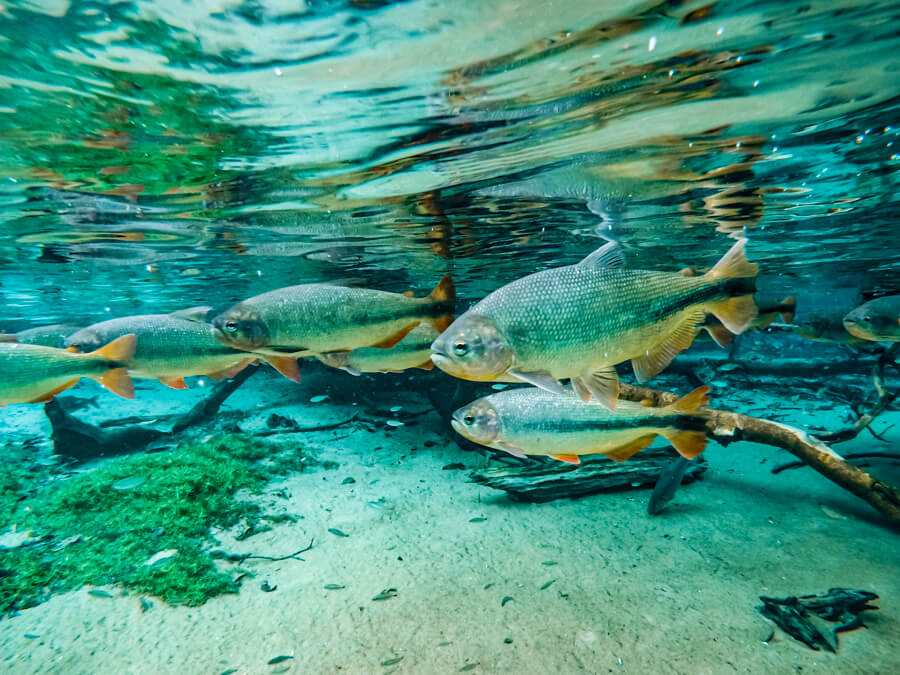
Bonito is a fantastic ecotourism destination in southwestern Brazil. It’s a small town surrounded by amazing nature, including waterfalls, crystal-clear rivers where you can snorkel, an underground cave where you can scuba dive and much more. The area is also home to lots of wildlife such as monkeys, scarlet macaws, armadillos, caimans, rheas and anteaters.
My favorite thing to do in Bonito was snorkeling in the turquoise Prata River surrounded by thousands of fish – it was like being inside a giant aquarium. Note that all of the nature activities in Bonito require having a qualified guide. This is to preserve the pristine nature and avoid overcrowding.
Bonito is still very little known among foreign tourists, but I highly recommend including it in your Brazil travel itinerary if you enjoy spending time in nature. The airport you’ll have to fly to to visit Bonito is Campo Grande.
7) Lençois Maranhenses
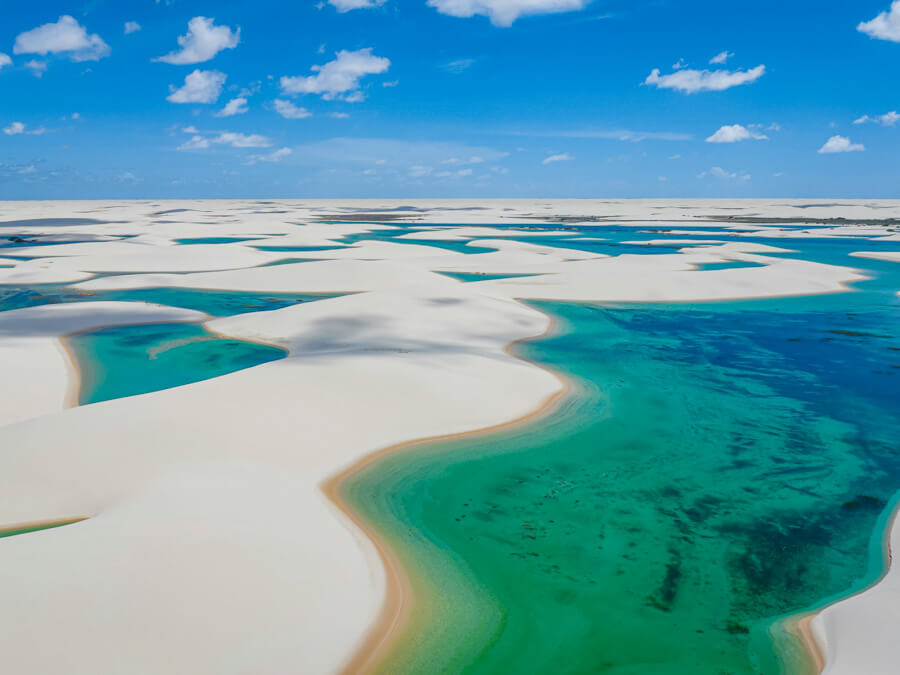
Lençois Maranhenses National Park is located on the north coast of Brazil and features otherworldly landscapes of tall white sand dunes and freshwater lagoons with emerald water. Despite its unique natural beauty, it still remains one of the lesser-known tourist attractions in Brazil among foreign travelers.
Apart from touring the sand dunes and swimming in the crystal-clear lagoons, visitors can also take a flight over the national park and go on river tours, quad tours and wildlife viewing tours.
The best time to see the lagoons is between May and September. This is the period after the rainy season, when the lagoons are at their fullest. To get to Lençois Maranhenses, you’ll have to fly to São Luis Airport.
8) Paraty
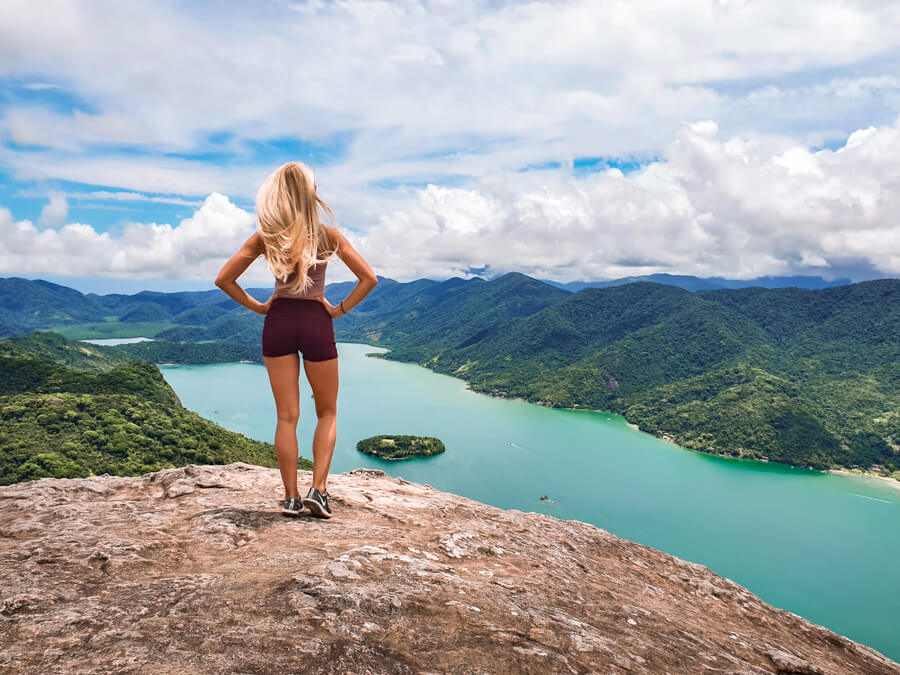
Paraty is a charming little seaside town, about 250 km (155 mi) west of Rio de Janeiro. It’s a UNESCO World Heritage Site known for its well-preserved historic center with cobblestone streets and beautiful colonial architecture from the Portuguese era of Brazil.
Along its streets, you’ll find lots of cafes, great restaurants, cute boutiques and handicraft shops as well as specialty shops selling high-quality cachaça (Brazilian sugar cane liquor).
In addition to its historic charm, what I really love about this town is the stunning nature around it – waterfalls, sandy beaches and mountains covered with the lush Atlantic rainforest. Some of my favorite places to visit in the Paraty area were the Saco do Mamangua ‘fjord’, Toboga Waterfall and the Cachadaço natural pool.
9) Chapada Diamantina
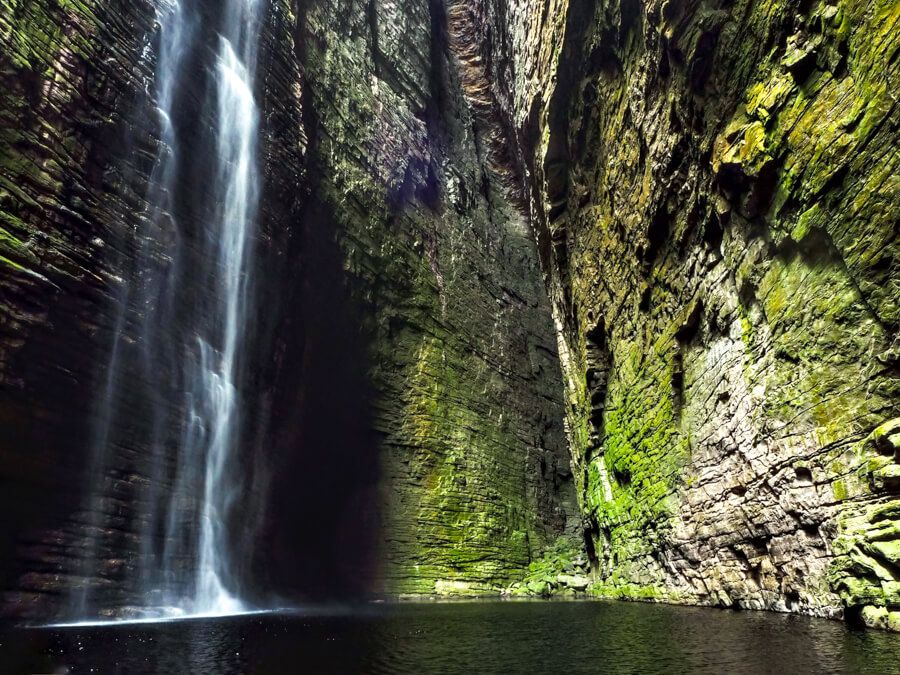
Chapada Diamantina National Park in the northeast of Brazil is another fascinating but lesser-known place that is still under the radar of international tourists. The 152,000-hectare (375,000-acre) park features impressive canyons, hidden waterfalls, flat-topped mountains and caves with bright blue water.
Because of its awe-inspiring landscapes and untouched nature, it’s one of the best places to visit in Brazil for hikers. There are many hiking trails to choose from, but the two waterfall hikes I did and highly recommend were Cachoeira do Mixila and Cachoeira da Fumacinha. You can read about these adventures in my post about hiking in Chapada Diamantina.
The best way to get to the national park is to fly to Salvador and from there take a bus or drive to the town of Lençóis, which is the gateway to the park.
10) São Paulo
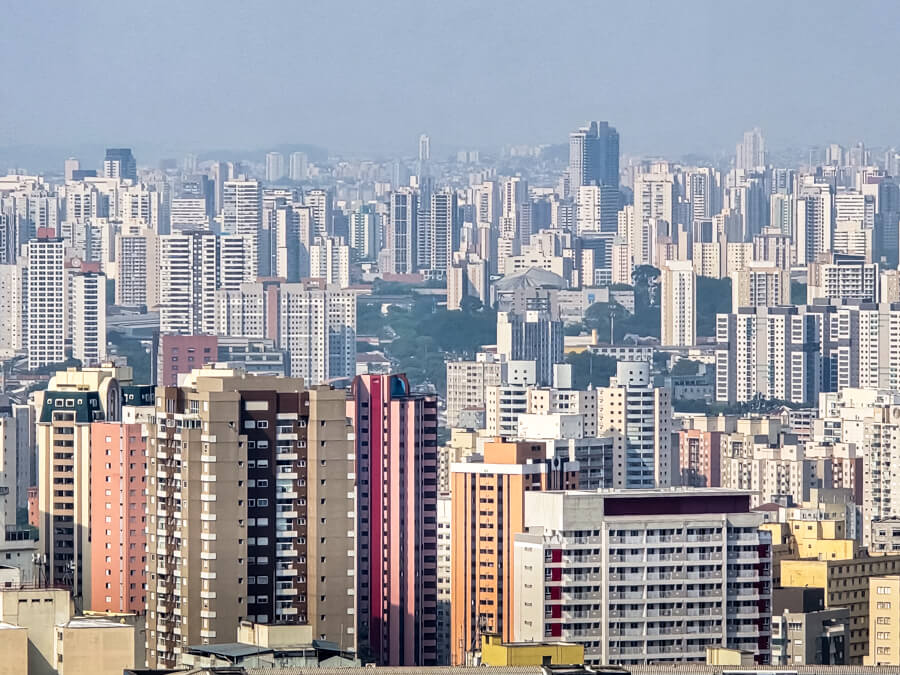
São Paulo is the largest city in Brazil and the center of the country’s economy. It’s a melting pot of cultures and a buzzing skyscraper-filled megacity with a population of 23 million inhabitants in its metropolitan area. Although I’ve been there many times, I’m still blown away by its colossal size every time I visit.
São Paulo is an excellent destination for those interested in culture, art and gastronomy. The city is home to dozens of museums, cultural centers, art galleries, rooftop cocktail bars and fine dining restaurants.
Take a stroll along the lively Paulista Avenue, relax among the beautiful greenery of Ibirapuera Park and visit the Municipal Market to taste some exotic fruit. Read my blog post on what to do in São Paulo, where I share more tips on the best things to do in the city and the best places to stay.
11) Florianopolis
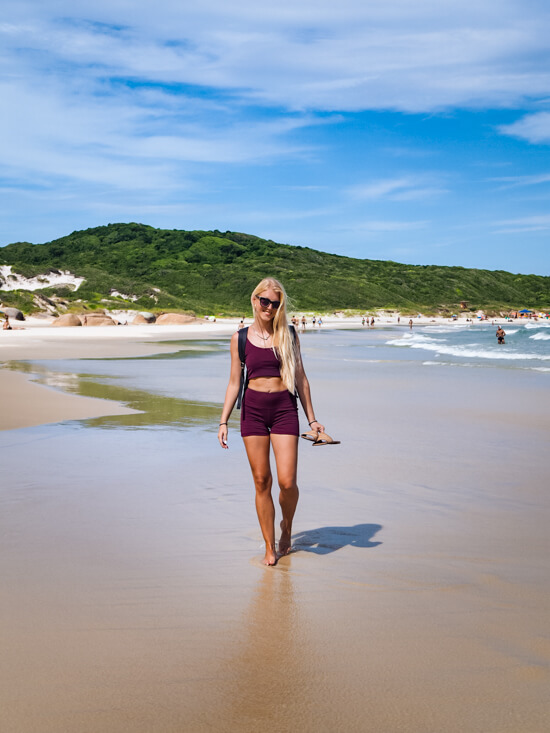
Florianopolis, also known as Floripa, is a popular beach destination in southern Brazil. This vibrant city and an island of the same name have more than 40 beaches and a lively nightlife scene. It also has a fantastic natural setting with lagoons, mangroves and lush green hills covered with the Atlantic rainforest.
There are tons of things to do in Florianopolis. You can explore hiking trails, go paragliding over the scenic landscapes, try kitesurfing, windsurfing or SUPing on its lagoon, or relax on the beautiful white-sand beaches, such as Praia da Galheta and Lagoinha do Leste. There are also plenty of trendy cafes and seafood restaurants, and a historic downtown area.
Florianopolis is also one of the best places to visit in Brazil for surfing. The beaches with the best surfing conditions are Praia Mole and Praia Joaquina.
12) Ilhabela & Ilha Grande
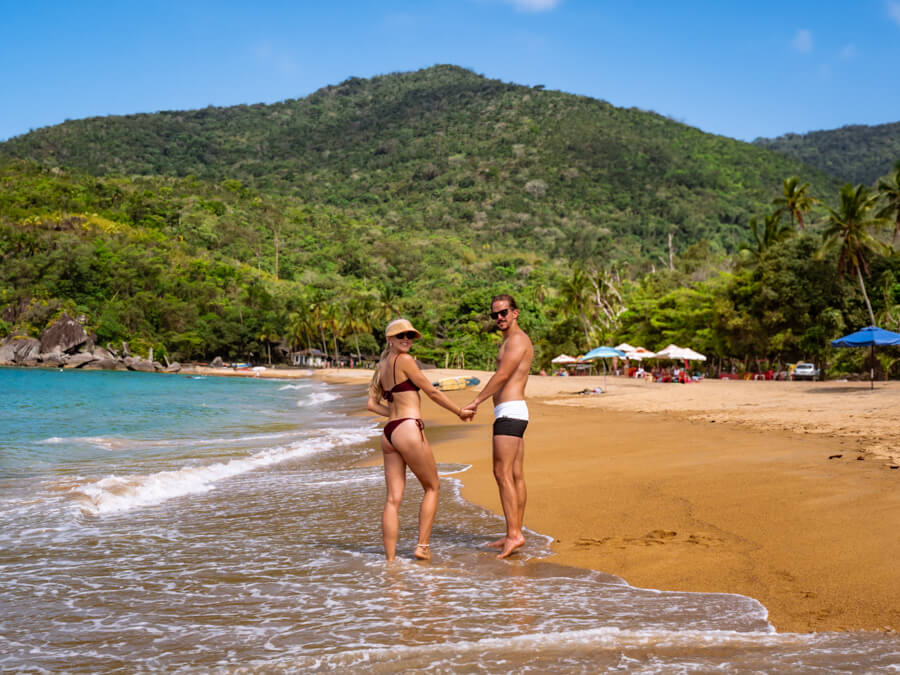
These two islands are situated on Brazil’s Green Coast (or Costa Verde) – a scenic mountainous coastal area between Rio de Janeiro and São Paulo – and can easily be reached by a short ferry ride from the mainland. On both of these islands, you’ll find jungle trails, pristine tropical nature, waterfalls and countless beaches with mesmerizing blue-green water.
Ilha Grande is a protected nature area where cars are not allowed. This gives the island a more rustic, undeveloped and eco-friendly feel.
Ilhabela, on the other hand, has two different sides. The west coast of the island has a lively atmosphere with a lot of infrastructure, hotels, restaurants and nightlife, whereas the rest of the island is characterized by secluded beaches and dense rainforest.
13) Salvador
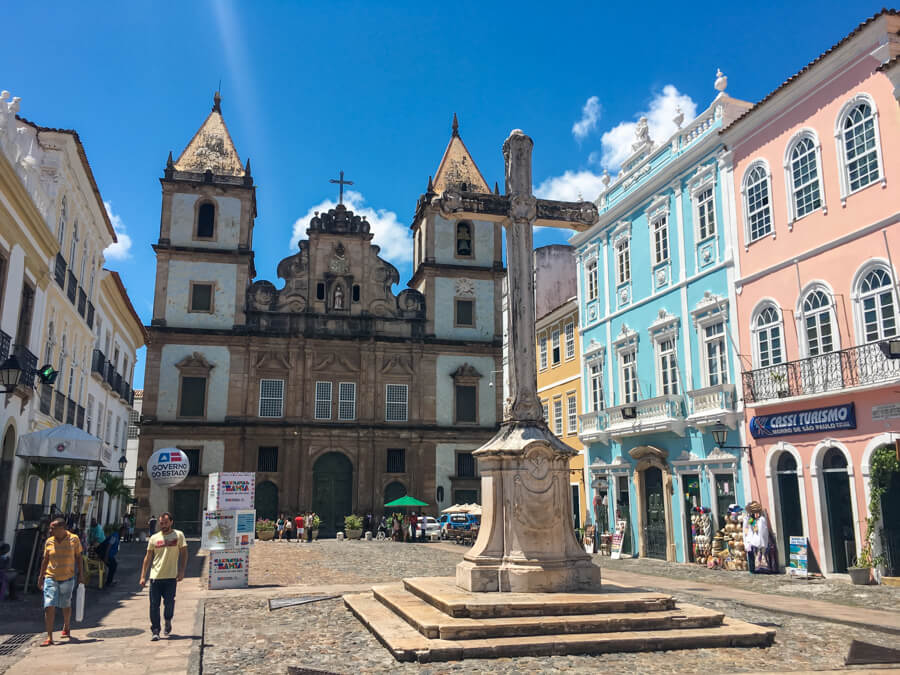
The colorful city of Salvador is situated in the northeastern part of the country and is Brazil’s first capital. It has a strong African influence and is the center of Afro-Brazilian history and culture in Brazil.
Pelourinho, Salvador’s well-preserved historic center, is a UNESCO World Heritage site full of pastel-colored colonial buildings, cobblestone streets, intricate churches and restaurants. As you wander the streets, you’re likely to see groups of locals performing capoeira – a dance-like martial art involving various acrobatic movements.
Salvador is also known for its beautiful coastline with numerous sandy beaches. Some of the most famous ones are the lively Porto da Barra Beach and Farol da Barra Beach with its historic lighthouse.
14) Jalapão
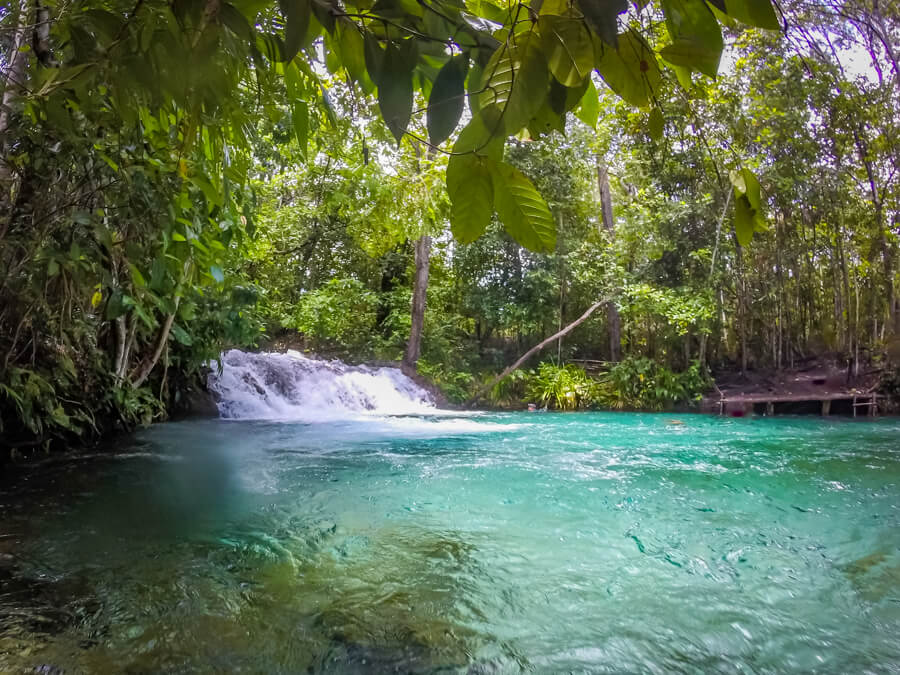
Jalapão is a true hidden gem and probably the least known place in this blog post. This off-the-beaten-path ecotourism destination is located in central Brazil and can be reached by flying to the city of Palmas.
With its vast savanna, giant orange sand dunes, waterfalls and mountains, it’s a region of great natural beauty. However, the most unique feature about Jalapão is its fervedouros. These are underground springs, which form natural pools with crystal clear water surrounded by lush vegetation.
15) Mount Roraima
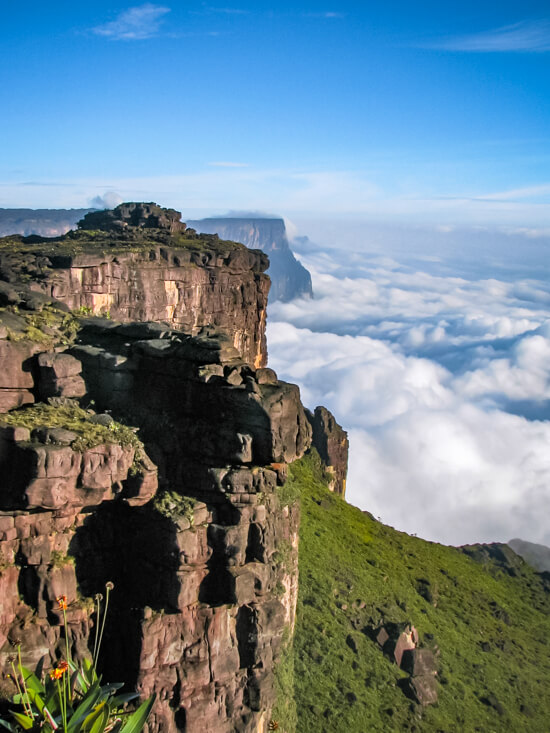
This massive flat-topped mountain sits on the border of Brazil, Venezuela and Guyana, and has a height of 2,810 m (9,219 ft). It is considered one of the oldest places on Earth and is a coveted destination for hikers.
To visit Mount Roraima, you have to fly to the city of Boa Vista in northern Brazil. Trekking to the summit takes between 6 to 9 days and requires crossing the Venezuelan border, since that’s where the trek starts. It’s a moderately challenging trek through dense rainforest and rocky terrain, and you’re required to have a guide.
On its flat summit, which spans an area of 31 km² (12 sq mi), you can marvel at waterfalls, natural pools, endemic flora and fauna, and striking views of vertical cliffs and vast valleys.
How many days do you need in Brazil
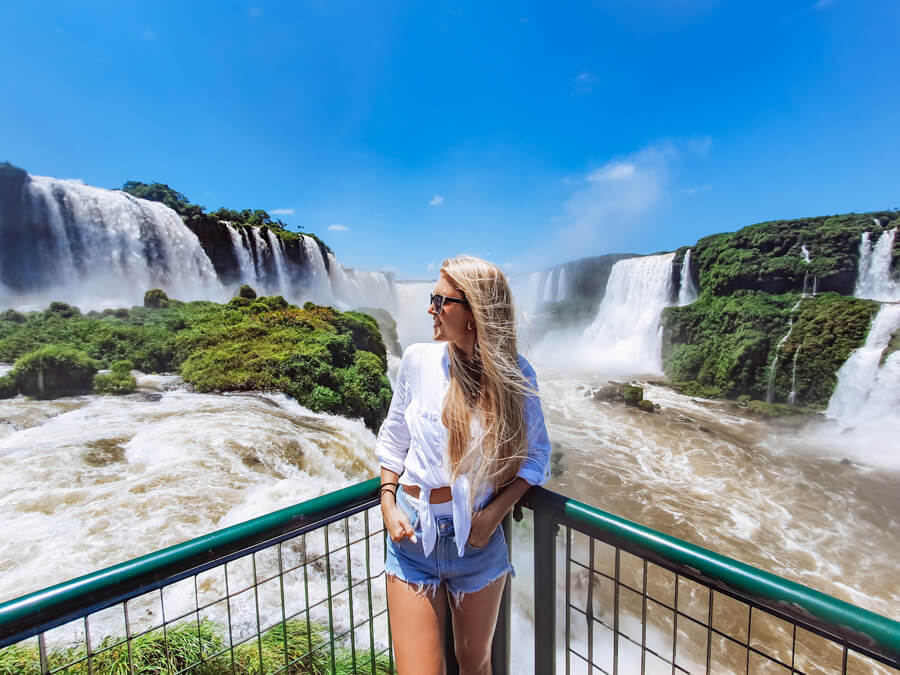
I’d say that spending 10 days in Brazil is the bare minimum. However, if you have the time, stay for three weeks or even longer.
With 10 days, you’d just be scratching the surface of what Brazil has to offer, but you can still have an awesome trip and visit 2-3 destinations. Read my Brazil itinerary recommendations to get some inspiration for planning your trip.
Keep in mind that Brazil is a huge country and it can take a long time to get from one destination to another. It’s highly unlikely that you’d be able to tick off all of the above-mentioned attractions in one trip. You’d need several months for that.
The best time to visit Brazil
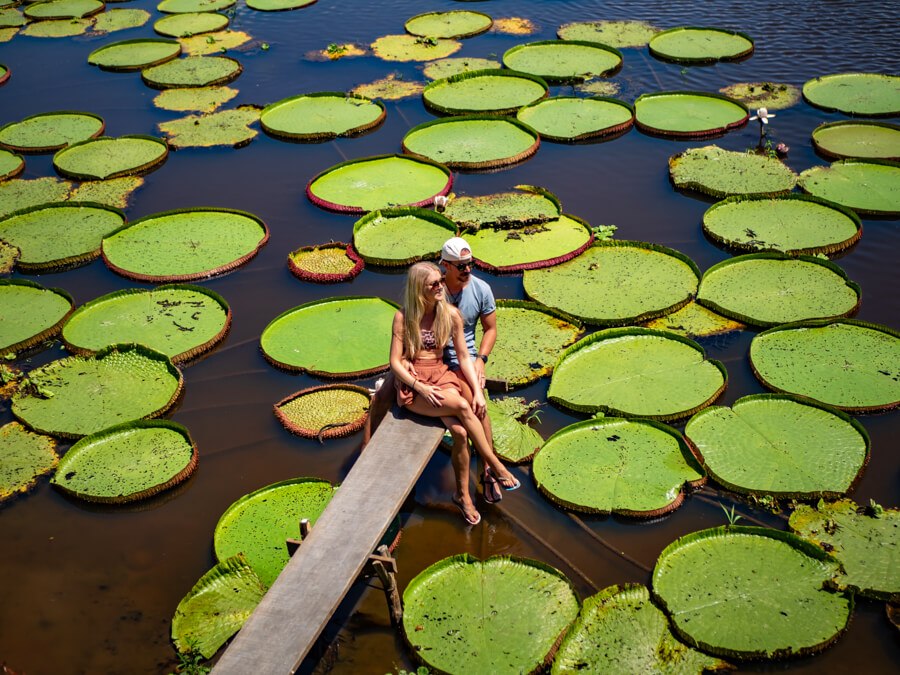
The best time to visit Brazil depends on which places you plan to explore. Since the country is so large, its regions experience different seasons and climates.
For instance, the best time to visit southern Brazil is generally between October and March, which are the warmer months of the year in that region. On the other hand, the best time to visit Fernando de Noronha is from August to January, whereas the best months to visit the Pantanal are from July to October, and the best time to visit Lençois Maranhenses is between May and September.
A map of the top places to visit in Brazil
On the interactive map below, you can see where all of the above-mentioned destinations in Brazil are located. Click on the icon in the top left corner of the map for more details.
Where to go in Brazil: Final thoughts
So there you have it – my travel guide to seeing the best of Brazil. As you can see, the country has a lot to offer, and there’s no shortage of amazing places to explore. I hope that you found my recommendations helpful in deciding which destinations to visit on your Brazil trip.
In case you have any questions about these places, leave them in the comments below and be sure to also read my other Brazil blog posts.
Enjoyed reading about these Brazil highlights? Pin it!
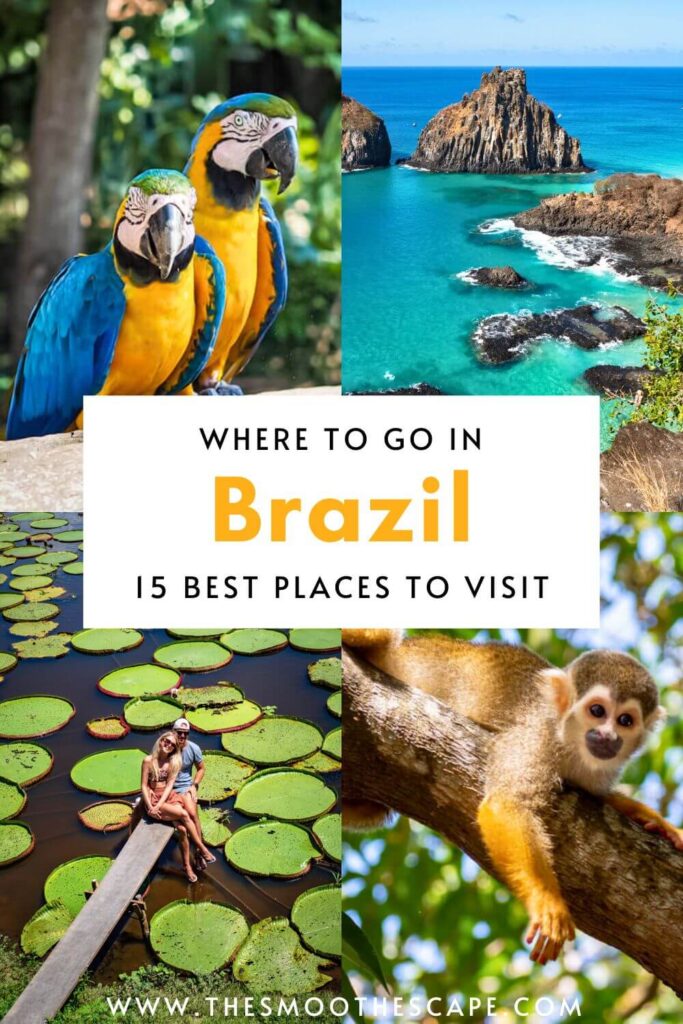
READ MORE:

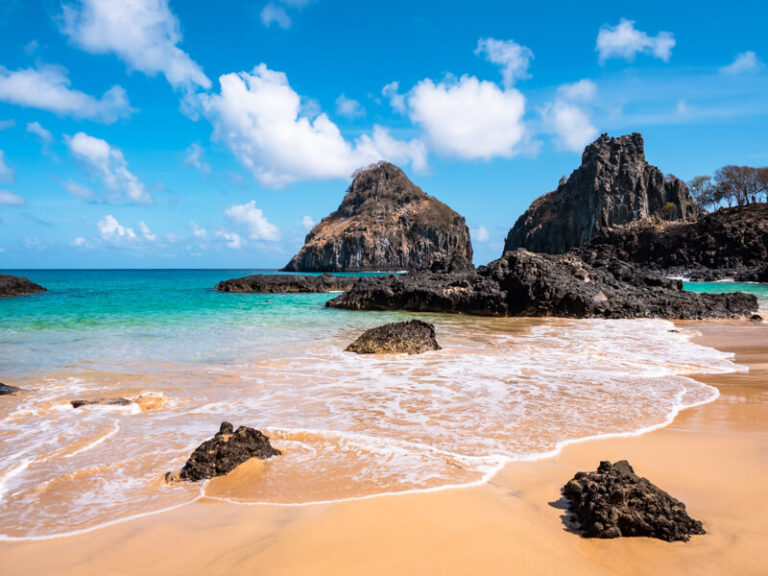
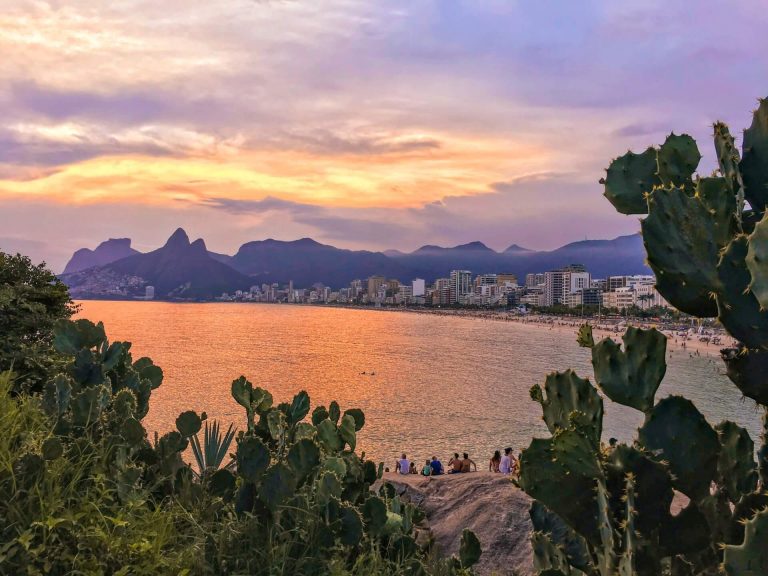
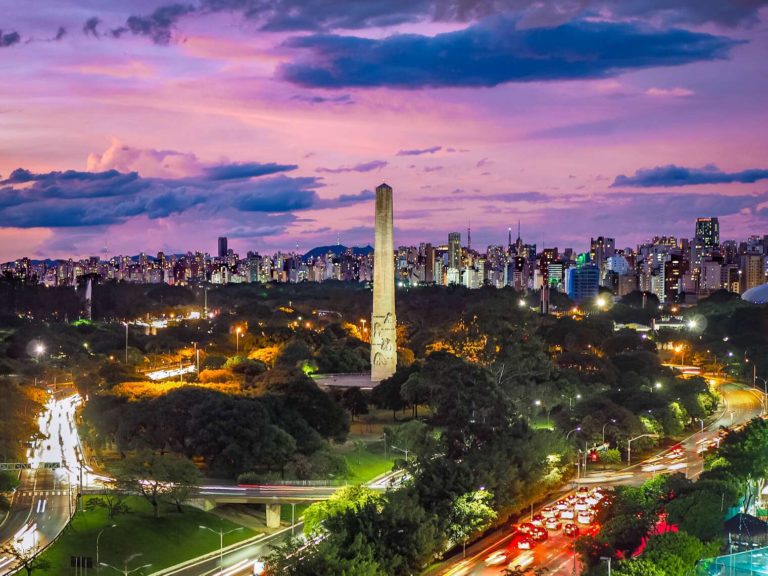
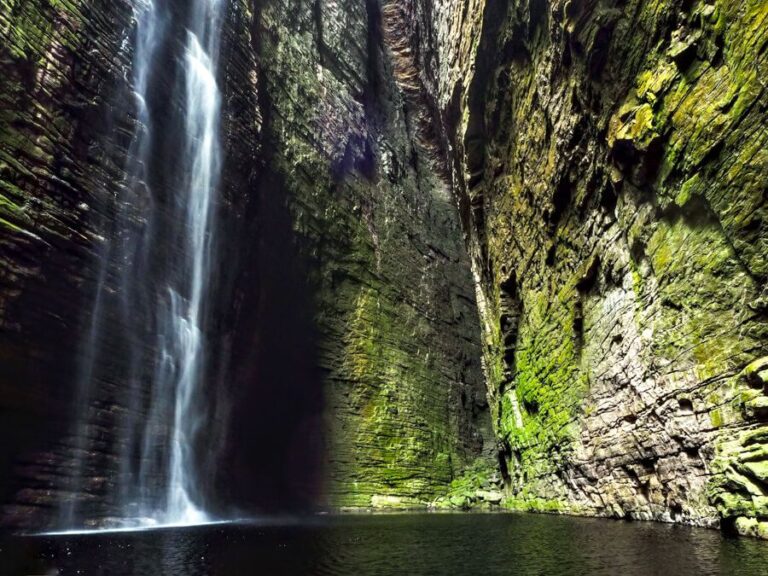
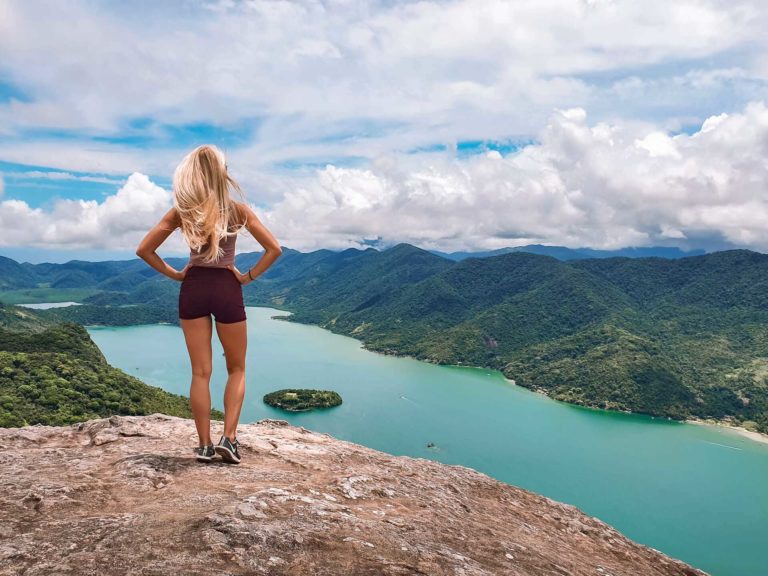
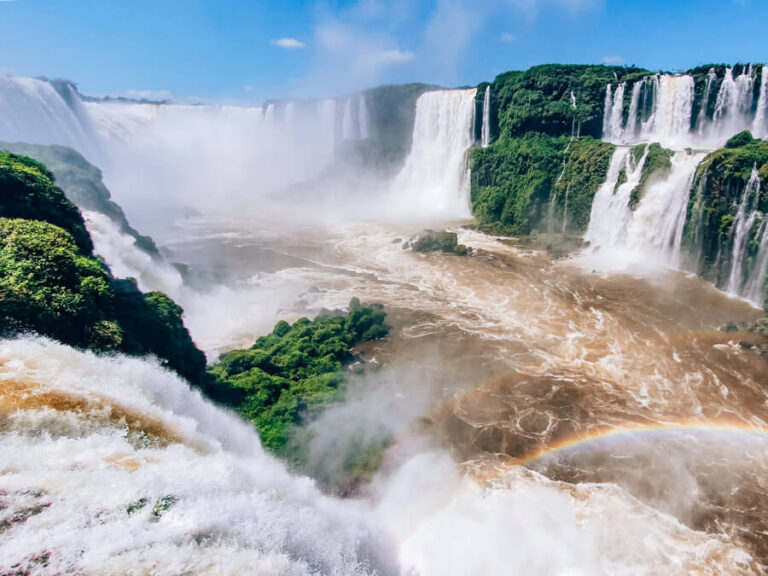
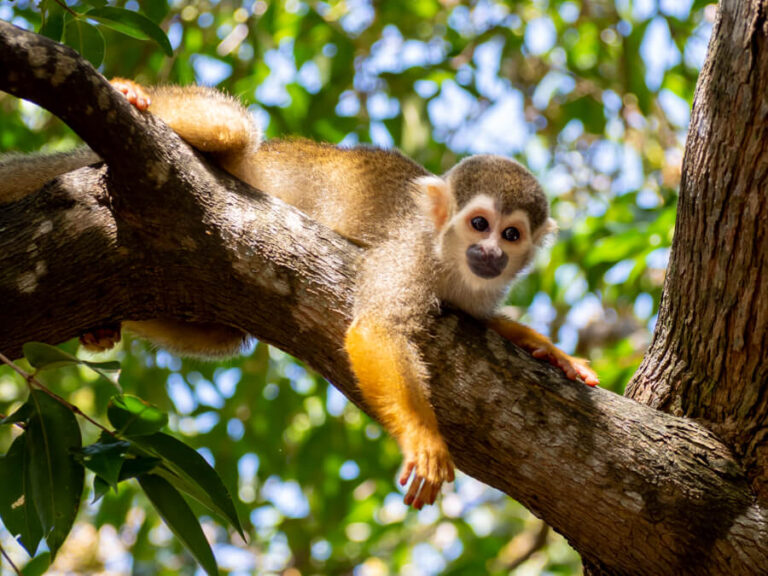
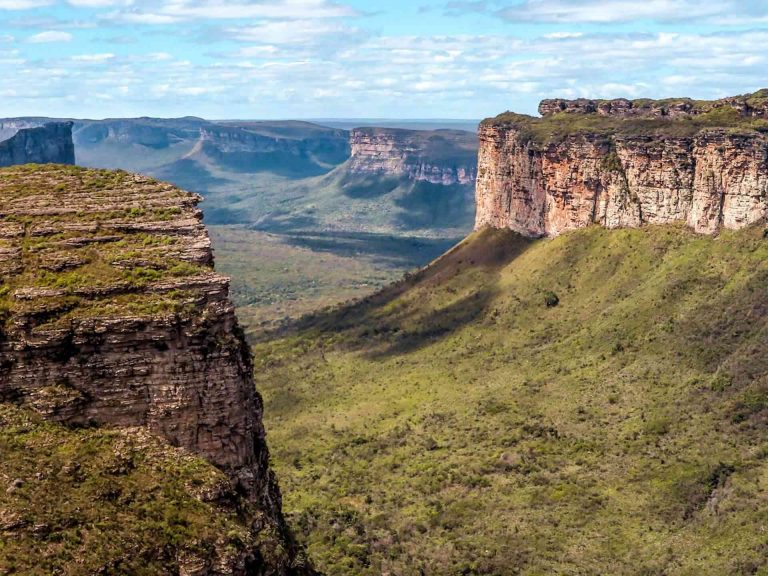
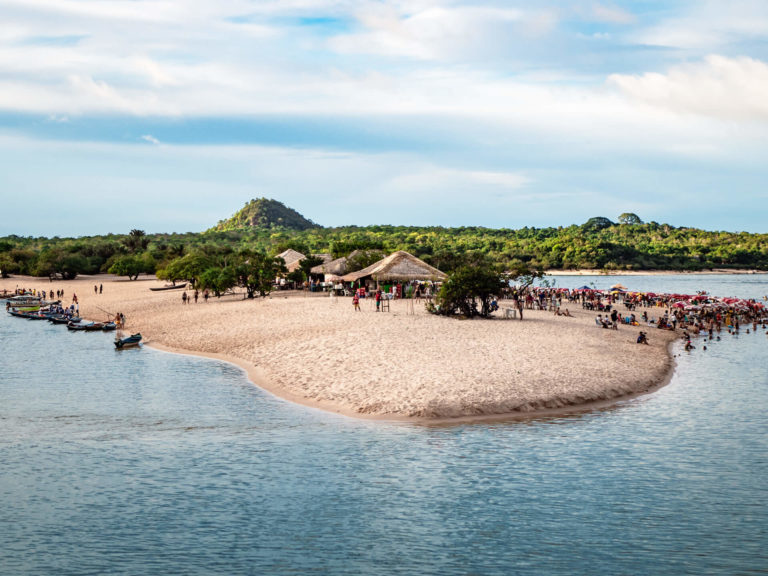
Thank you so much for your blog about Brazil. I’m retiring next year, then saw The woman’s World Cup football was on in2027 which inspired me to travel there.
I didn’t know much about it apart from Iguaca Falls and Rio, but you have truly opened my eyes to such a diverse and beautiful country. I love nature, tranquility and waterfalls, and those quaint colonial towns (reminds me of Cuba). I plan to go for a month so hope that will be enough to see some of the amazing places of Brazil! Thank you for all the links and tips. I’ll start planning now !
You’re welcome, Peter! I’m glad to hear the post opened your eyes to Brazil! This country really has so much to offer. I hope you’ll have an amazing time in Brazil!